13 Vintage Car Features That Would Confuse Modern Drivers
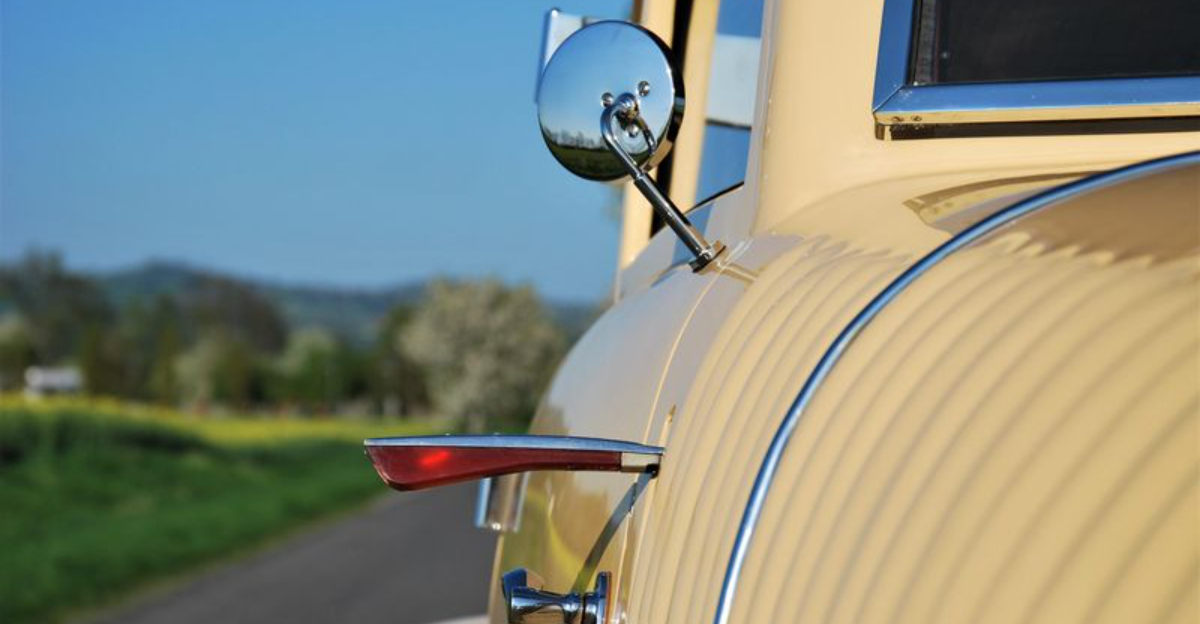
Nowadays, we are accustomed to a slew of electronic aids and conveniences that make driving simpler and more intuitive. However, if transported back several decades, we might find ourselves puzzled by the unique and sometimes bizarre features of vintage cars.
From push-button transmissions to floor-mounted dimmer switches, these relics from the past offer a charming glimpse into the history of automotive design, where manual dexterity and mechanical ingenuity were everything.
1. Push-Button Transmissions

Imagine changing gears with the push of a button! In the 1950s, push-button transmissions were the pinnacle of futuristic design. They replaced the traditional gear lever with a set of buttons mounted on the dashboard.
Each button corresponded to a gear, making the driving experience feel like operating a household appliance. However, the novelty soon wore off. These transmissions were phased out because of mechanical complexities and safety concerns.
Today’s drivers might relish their quirky charm but would likely balk at the lack of intuitive control inherent in today’s gear shifters.
2. Floor-Mounted Dimmer Switches
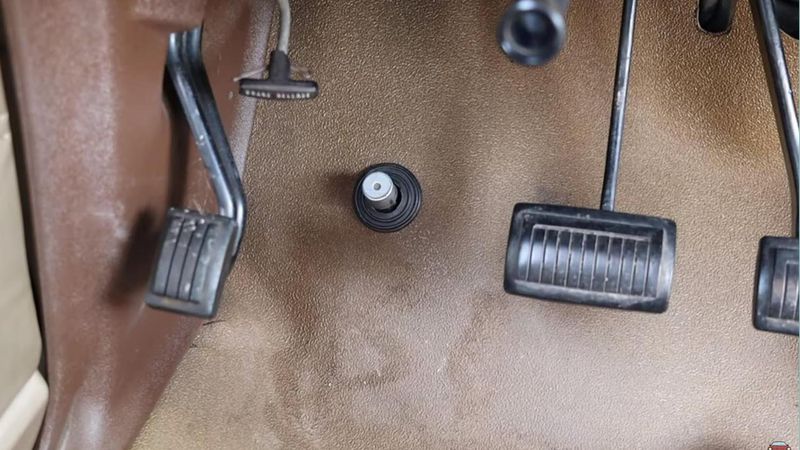
Once upon a time, drivers had to tap dance with their feet to manage headlights. Floor-mounted dimmer switches were located next to the pedals and required the driver to press them with their foot to toggle between high and low beams.
This setup was a standard feature in cars from the 1920s to the 1980s. While practical in its era, the advent of steering column-mounted switches made them obsolete. The shift improved ergonomics and allowed drivers to keep their hands on the wheel.
These days, such a feature would likely bewilder modern drivers.
3. Manual Choke Knobs
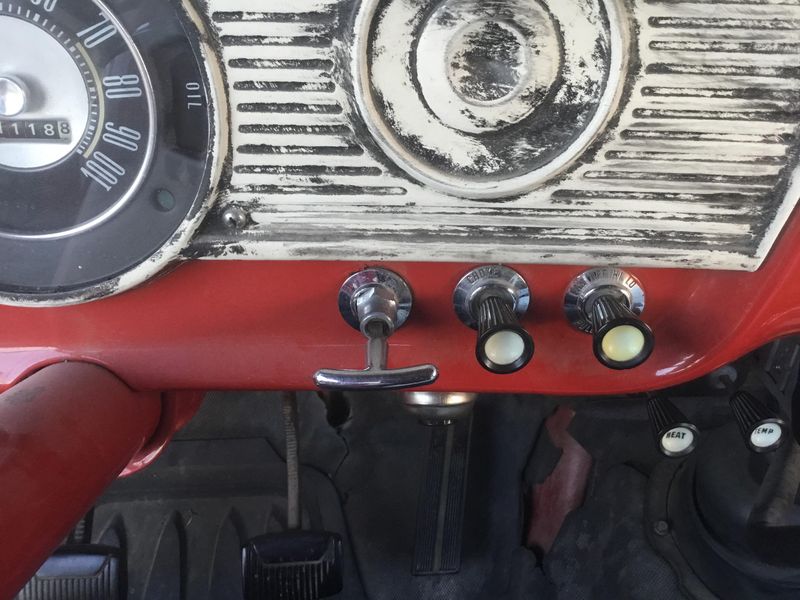
Starting a cold engine was once an art form. Manual choke knobs, found on dashboards, allowed drivers to adjust the air-fuel mixture manually. Pulling out the knob enriched the mixture, helping the engine start in cold conditions.
As engines warmed, the driver would push the knob back in. This was essential for operating carbureted engines. With the advent of electronic fuel injection in the 1980s, manual chokes vanished.
Today’s drivers, accustomed to turning a key or pushing a button to start, would likely find this process archaically charming yet unnecessarily complicated.
4. Vent Window Cranks
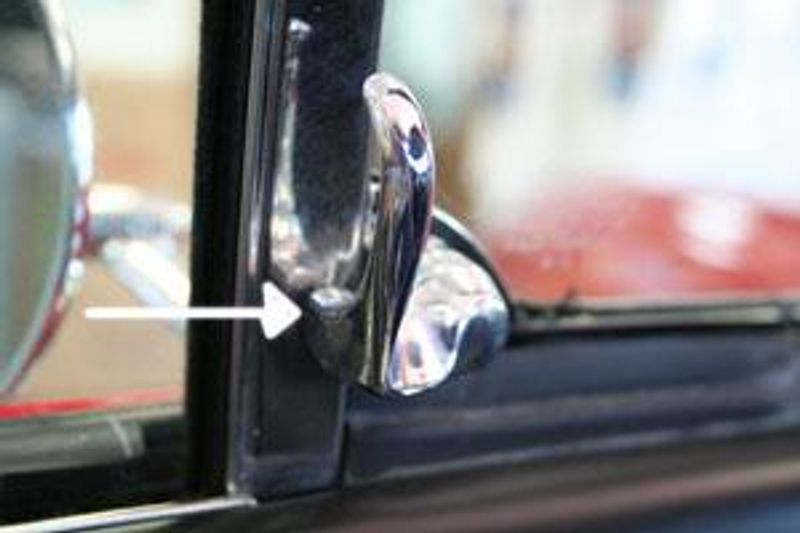
Before air conditioning became standard, cooling off in a car involved a bit of manual labor. Vent windows were small triangular windows that could be cranked open to redirect airflow into the cabin. They were especially useful in the sweltering summer heat.
Despite their practicality, they were phased out by the 1980s as air conditioning systems improved and aerodynamics became a priority in car design.
Modern drivers, used to achieving comfort with the push of a button, might view vent window cranks as an amusingly quaint relic of automotive history.
5. Hand Crank Windows
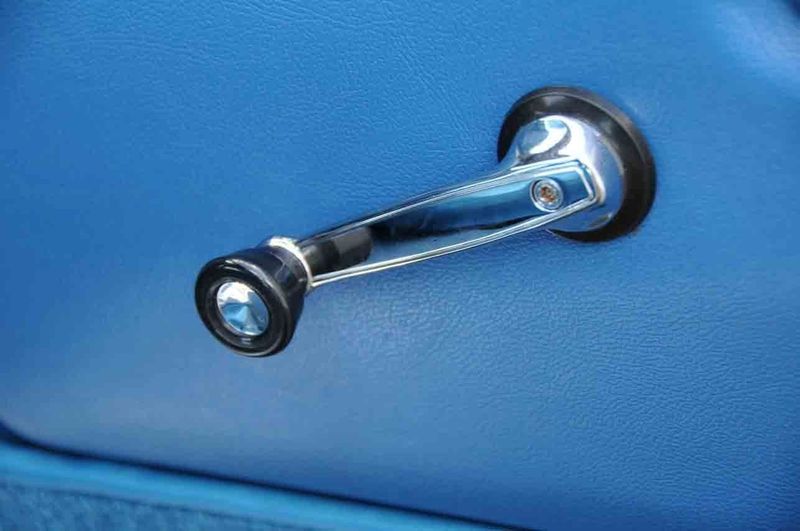
Rolling down a window once involved some elbow grease. Hand crank windows required drivers to rotate a handle to lower or raise the glass.
This manual method was a staple in vehicles until the 1970s and 80s, when power windows became more prevalent. While not particularly challenging, the process was certainly more labor-intensive than pressing a button.
Today’s drivers, accustomed to the effortless glide of electric windows, might find the experience delightfully nostalgic yet inconvenient, especially for passengers trying to adjust windows from the back seat.
6. Ashtrays and Lighters
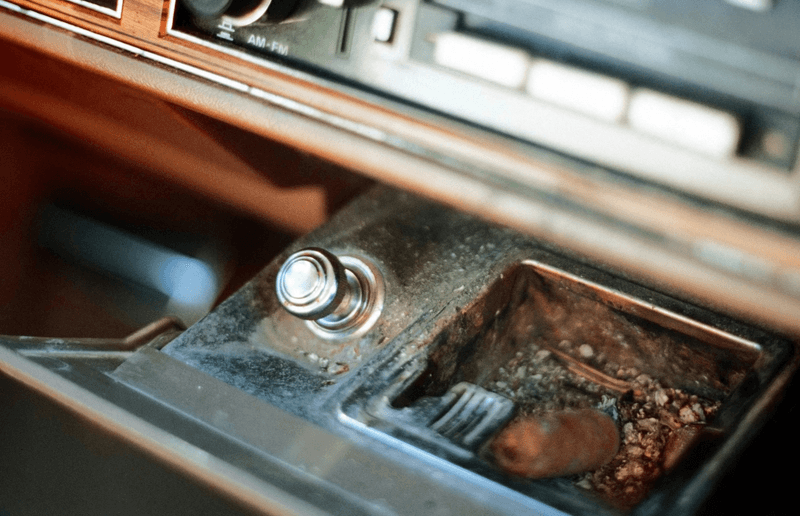
Smoking while driving was once commonplace. Cars came equipped with built-in ashtrays and cigarette lighters, reflecting a time when smoking was socially accepted.
These features were standard until health trends shifted and cars became smoke-free environments. Nowadays, many vehicles have USB ports where lighters once were, highlighting a cultural shift.
Modern drivers might find these features curious relics, representative of an era when the priorities and habits of drivers were markedly different. This change underscores the evolving relationship between society and automotive design.
7. Non-Synchronized Transmissions

Driving used to require mastering the art of double clutching. Non-synchronized transmissions meant drivers had to match engine speed with the gear they wanted to select, a technique known as double clutching.
This was standard in early cars but required skill and practice. The introduction of synchronized gearboxes eased this challenge by automatically matching speeds, simplifying gear changes.
Modern drivers, used to seamless transitions with automatic transmissions, might find this harrowing dance between clutch and gear lever both fascinating and frustrating, a testament to the skill once necessary for driving.
8. Bench Seats
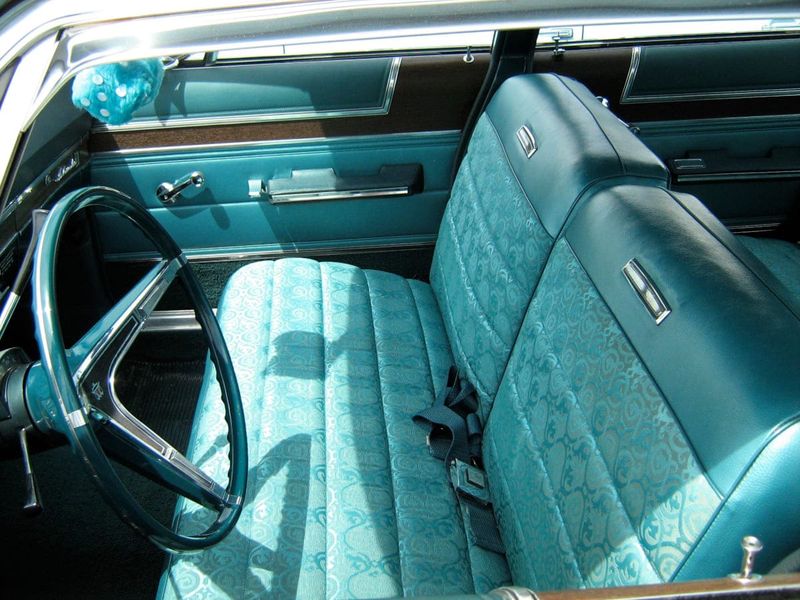
The spacious bench seats of yesteryear were all about comfort and convenience. These seats spanned the entire width of the car, allowing more passengers to sit in the front row.
Commonly found in 1950s and 1960s vehicles, they exemplified a bygone era of drive-in movies and family road trips. However, safety concerns and advancements in car design led to the adoption of individual bucket seats.
Today’s drivers, accustomed to bolstered, supportive seating, might view bench seats as a quaint nod to nostalgia, but impractical for modern driving dynamics.
9. Mechanical Turn Signals
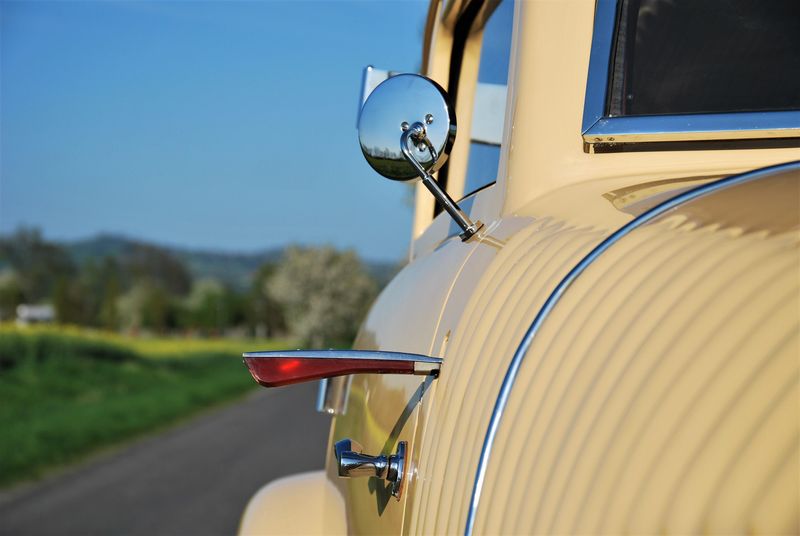
Imagine driving without the convenience of our modern turn signals. Back then, mechanical turn signals required physical effort to operate. Unlike today’s automatic blinkers, these needed manual engagement and disengagement.
These signals were often mounted on the steering column or dashboard, sporting a lever that had to be flipped up or down. Forgetting to turn them off was a common occurrence, as they didn’t self-cancel.
This manual operation seems cumbersome compared to our current system, making them a peculiar detail of vintage automobiles.
10. Vacuum-Powered Windshield Wipers
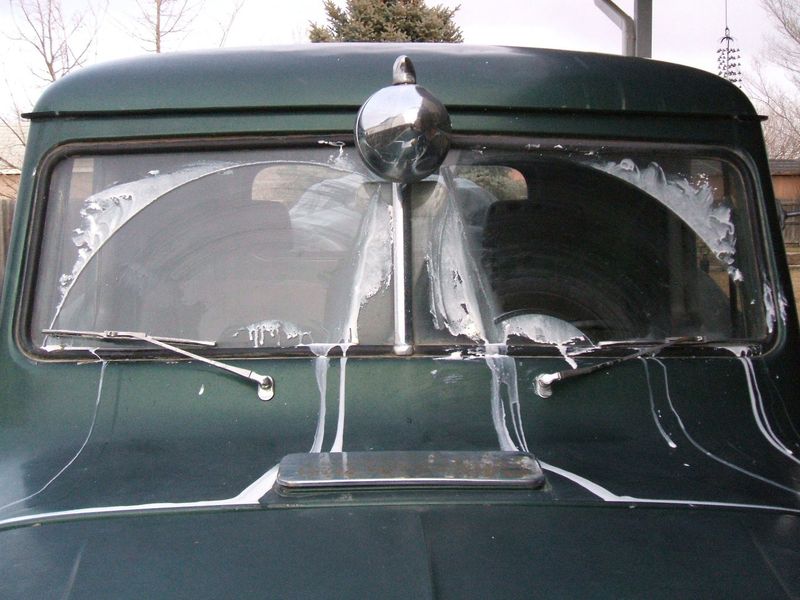
Keeping the windshield clear once depended on engine power. Vacuum-powered wipers were linked to the engine’s intake manifold, meaning their speed varied with engine load.
As a driver accelerated, the wipers would slow down, creating a comical yet precarious situation during heavy rain. By the 1960s, electric wipers replaced these systems, providing consistent performance regardless of engine speed.
Modern drivers, used to reliable, multi-speed wipers, might be amused by the unpredictability of vacuum-powered systems, an amusing yet inefficient chapter in automotive history.
11. Suicide Doors
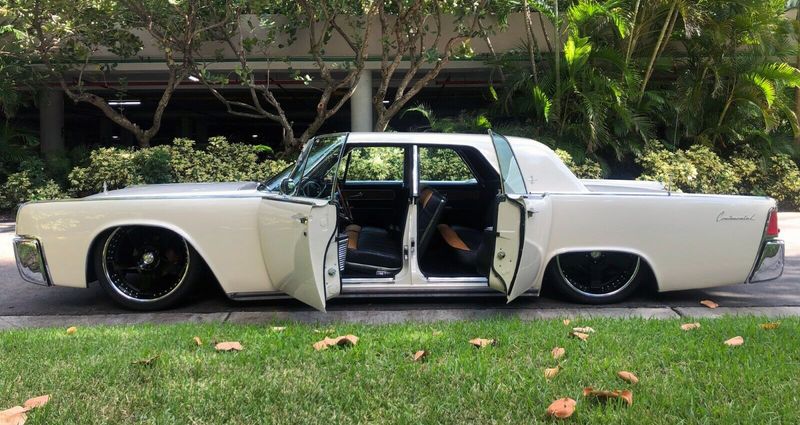
Named for their dubious safety, suicide doors open backward, creating a wide entry for passengers. Popular in luxury cars of the 1930s and 1940s, they allowed for a grand entrance and exit.
However, at high speeds, they posed risks, leading to their decline. Despite their dangerous reputation, they have experienced a renaissance in modern luxury vehicles, albeit with improved safety mechanisms.
Nowadays, we find these doors stylishly retro, yet question their practicality. However, this feature highlights the ever-evolving dance between automotive form and function.
12. Running Boards
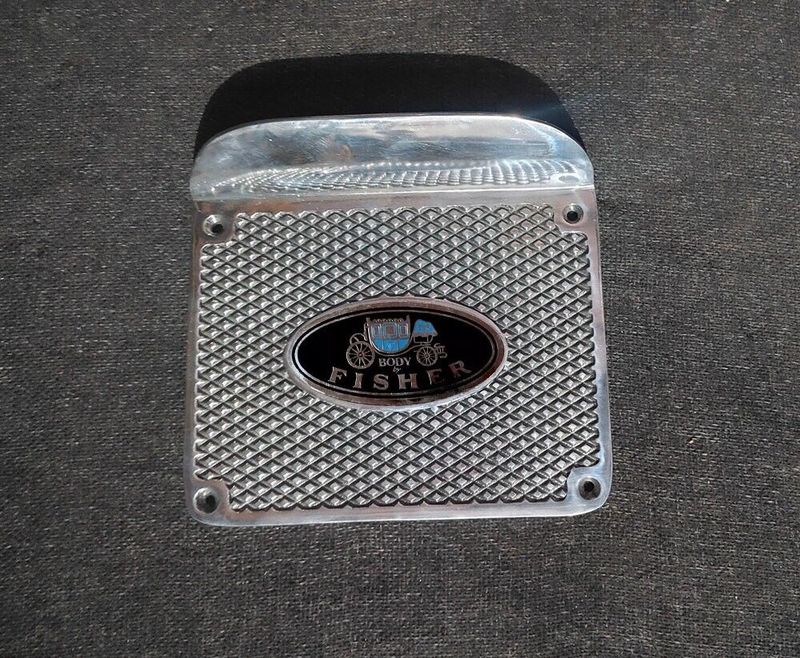
Running boards, those wide steps along the side of a car, offered practicality and style. In the 1920s and 1930s, they made it easier to climb into taller vehicles and served as a bold design statement.
Despite their usefulness, improved car designs and lower vehicle profiles rendered them obsolete. Modern SUVs and trucks occasionally feature retractable versions, but for most cars, they remain a nostalgic footnote.
Today’s drivers might appreciate the aesthetic but find them unnecessary in the age of sleek, aerodynamic vehicles.
13. Foot-Pedal Starter
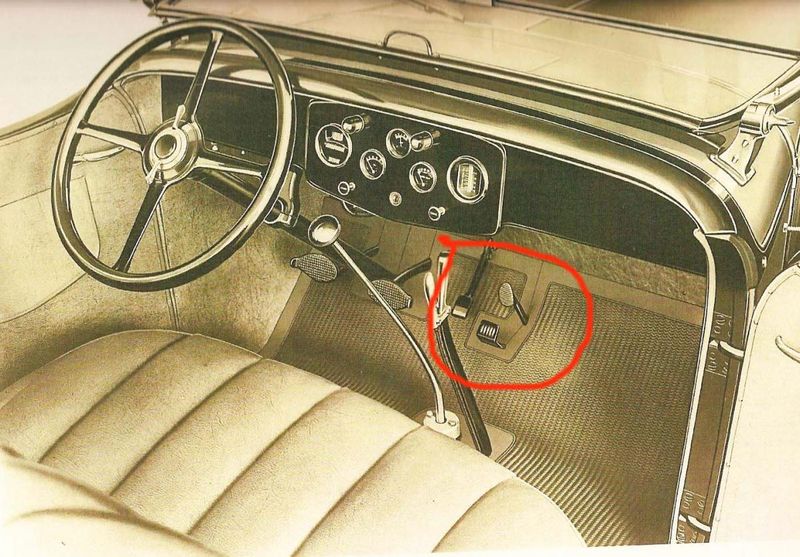
Starting a car once required a bit of fancy footwork. The foot-pedal starter, common in early automobiles, required drivers to press a pedal to engage the engine. Positioned near other pedals, it demanded coordination.
As ignition systems evolved, this method disappeared, replaced by key or button starts. Today’s drivers, familiar with the simplicity of modern ignition systems, might find the foot-pedal starter a curious relic, highlighting the mechanical ingenuity of early automotive engineering.
This feature showcases the transition from manual to more user-friendly technology in car design.
